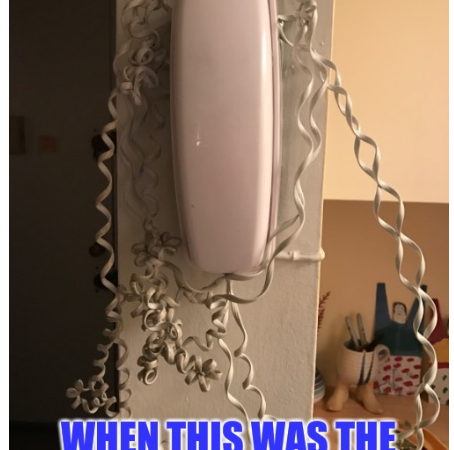Want to make mouthwatering Instagram posts? – Here’s how adverts make food look irresistible

Want to make mouthwatering Instagram posts? – Here’s how adverts make food look irresistible
Photography experts have disclosed the secret tricks professional food photographers use to make food look mouth wateringly delicious when taking a snap.
The experts at ParrotPrint.com have revealed the tips and tricks used by professionals to make food look heavenly in tv adverts.
From spraying hairspray to using shaving foam, photographers use every trick in the book to make food look completely irresistible in adverts.
Other tricks include spraying food with vegetable oil to give it a glossy and succulent look and using cardboard disks and toothpicks to help create the perfect pancake stack and burger.
Matt Dahan from ParrotPrint said: “Of course food has to look as best as it can in adverts to really sell the product to customers.
“But we’ve all been there when you buy a burger from a restaurant and it never really looks half as big or succulent as it did in the advert and this is all down to the behind the scenes tricks that photographers use.
“It’s not just about making the food look good though, a lot of tricks are used to make the photoshoot process much more practical.
“For example, instead of using whipped cream when shooting, professionals will use shaving foam. It’s much more manageable and it’s a lot easier to photograph because it won’t melt!”
How photography experts make food look irresistible:
1. Spray drinks with water
Bottled and canned drinks look perfectly chilled in adverts but the truth is that photographers will often spray water on the cans to cover it with droplets, giving us the illusion that the drink is chilled to perfection.
2. Spray meats with vegetable oil
Spraying meat with oil is another trick used by experts. Photographers spray things like chicken and burger patties with a bit of oil to give it a delicious and succulent look.
3. Shaving foam as whipped cream
You might be surprised to hear that images of tasty desserts are actually topped with shaving foam instead of whipped cream. This is because shaving foam is much more sturdy so it’s easier to create that perfect swirl and unlike cream, it doesn’t melt.
4. Using cardboard for the perfect pancake stack
Pancakes tend to be perfectly stacked in adverts when in reality they can end up looking lopsided on our plate. The reason for this is because adverts slip a small cardboard disk in between each pancake to add some height and create a more stable base for each layer.
5. Motor oil instead of syrup
A stack of pancakes isn’t complete without some mouth watering syrup but in adverts the professionals actually use motor oil. This is because too much syrup would absorb into the pancakes and give them a soggy look.
6. Hair spray for shiny fruit
Fruits like apples and oranges look the most appetising when they’re glossy and shiny and this illusion is often created with hairspray or deodorant. Spraying a light coat of these onto fruit is what gives them that perfect glossy and juicy coating.
7. Toothpicks in burgers
Experts tend to use toothpicks when stacking a picture perfect burger. This helps give the burger some height and it keeps all of the different ingredients together.






